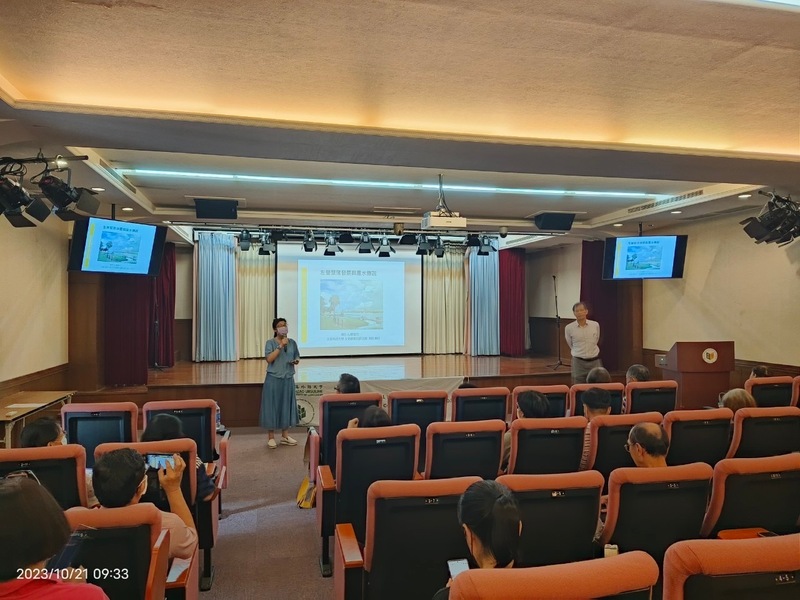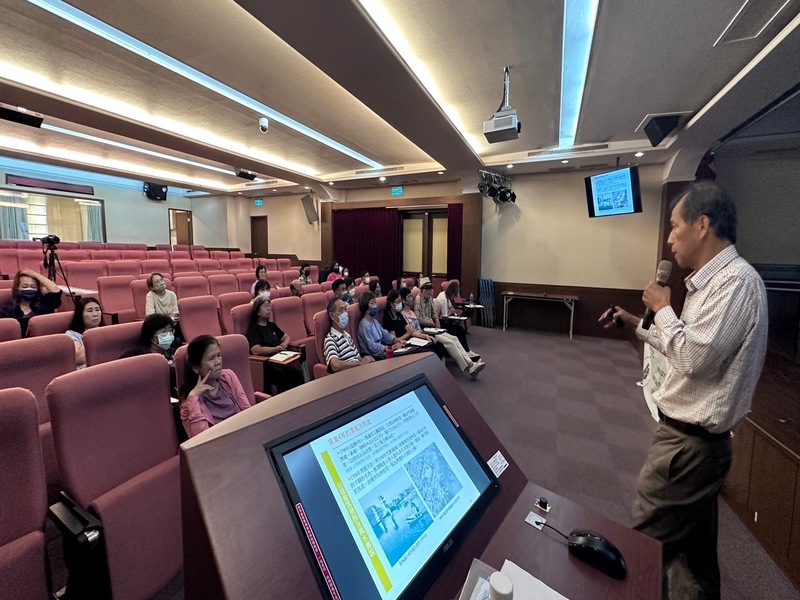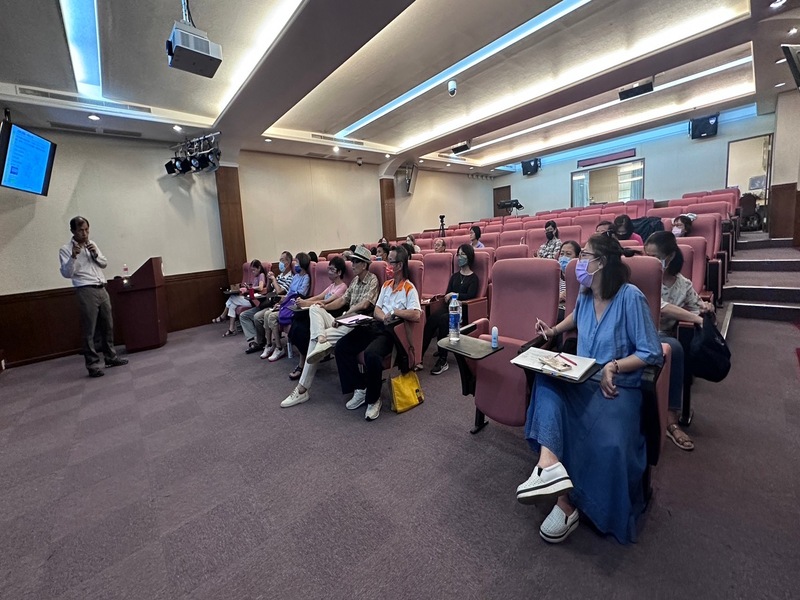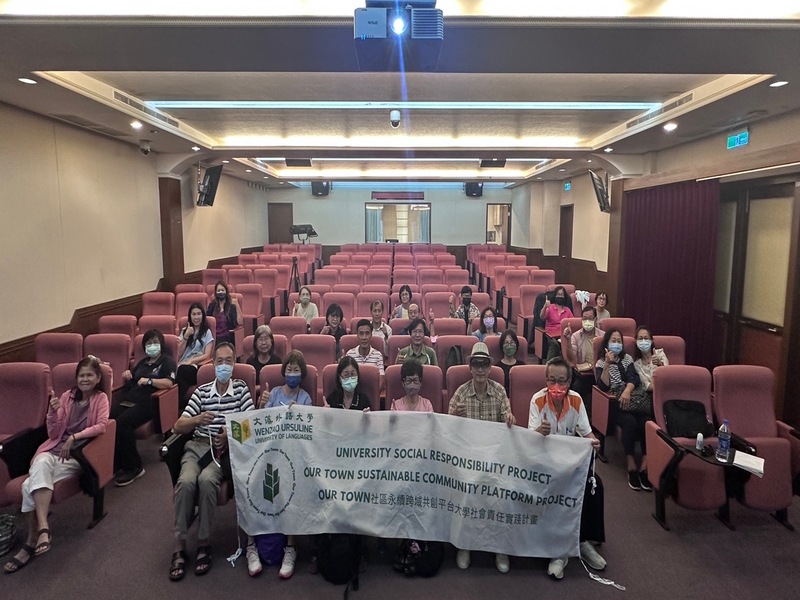【OUR TOWN學生團隊成員 林亭妤報導】
文藻外語大學大學社會責任實踐計畫─「OUR TOWN 社區永續跨域共創平台計畫」的五項社群活動,其中的「文史創新社群」於10月21日星期六舉辦講座,邀請左營在地文史研究者廖德宗老師蒞臨本校,為參與者解說左營舊城在地的「過往歷史」至「現今面貌」,從「聚落發展」、「人口遷移」、「民間傳說」以及「風水」等不同面向切入,讓參與成員對於左營的故事,有更完備的認識。
Wenzao Ursuline University of Languages' University Social Responsibility Practice Program, "OUR TOWN Community Sustainable Cross-Domain Collaborative Platform Project," includes five community activities. Among these, the "Culture and History Innovative Community" held a lecture on Saturday, October 21st. We invited local cultural and historical researcher, Mr. Liao Te-tsung (also as Kenny Liaw) to our campus. He explained the transformation of Zuoying Old Fengshan City from its "historical past" to its "present appearance," covering aspects such as "settlement development," "population migration," "folklore," and "nature harmony - feng shui." (風水 in Chinese) This provided participants with a more comprehensive understanding of Zuoying's stories.
廖老師從舊城的聚落發展開啟專題講座序幕,以明鄭時期至清領、日治年間發生的歷史脈絡為本次講座重點。利用時間序的方式,讓參與學員了解到清代兩次修建舊城的原因,並從中帶出左營景點蓮池潭於當代存在的功能及價值,進而帶大家認識社區變革,對週遭環境所帶來的影響,並從實際的圖例及事件中,引領大家更深入探究左營地區的歷史變遷和發展。
Mr. Liao opened the lecture with a focus on the development of the old town's settlements, emphasizing the historical context from the Ming Zheng period to the Qing Dynasty and the Japanese colonial era. Using a chronological approach, participants learned about the reasons why the ancient city wall was built twice in the Qing Dynasty and how these relate to the must-visit Zuoying attraction, the Lotus Pond. The lecture delved into the functions and values of the site during its historical periods and introduced the community's transformation and its impact on the surrounding environment. With practical examples and events, the lecture guided the members to explore the historical changes and development of the Zuoying area more deeply.

主持人開場介紹活動進行方式與講師身份(王馨正 攝影)
The host introduced the activity and the identity of the lecturer at the beginning

文史研究者廖德宗老師運用簡報詳細講解(Teddy 攝影)
Mr. Liao Te-tsung, a researcher in literature and history, explained in detail using a briefing report

參與者仔細聆聽講者分享,並做系統性紀錄(Teddy 攝影)
Participants listened carefully to what the speaker shared and took systematic notes

活動結束講者與參與者、企劃團隊成員合影(Teddy 攝影)
At the end of the event, the speaker took a group photo with the participants and members of the planning team
